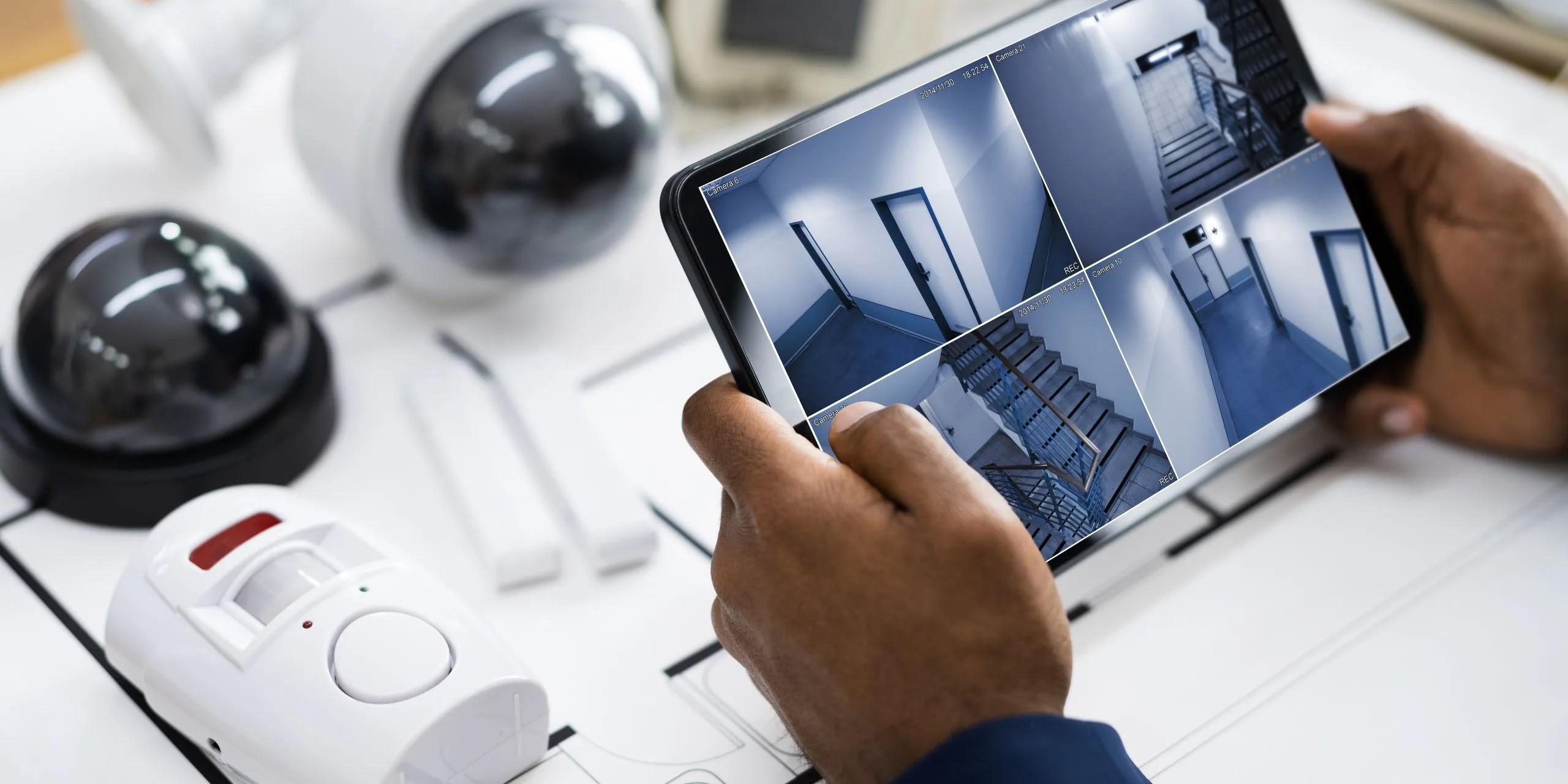In today’s world, security camera systems have become essential for both homes and businesses. With rising crime rates, more people working remotely, and technology becoming increasingly integrated into daily life, surveillance solutions are no longer just a luxury—they are a necessity. Yet, many systems still miss key features that can significantly enhance safety and convenience. One such often-overlooked addition is the time lapse camera, a tool that offers unique benefits by capturing long-term activities in compressed video formats.
This article will explore what your current security camera setup might be missing, focusing on advanced features, practical benefits, and investment considerations to help you make the most of your surveillance system.
The Growing Need for Advanced Surveillance
Why Traditional Cameras May Fall Short
Standard security cameras typically provide live feeds and motion-triggered recordings. While effective for catching immediate threats, these systems can miss broader context or longer-duration events. For example, a construction site monitored only with regular cameras might have thousands of hours of footage that are cumbersome to review.
Increased remote work has also expanded security needs. Homeowners and businesses now demand reliable monitoring even when they are offsite. In this context, features like remote access, cloud storage, and smart alerts are important but still insufficient for a full security picture.
The Role of Time Lapse Cameras
A time lapse camera records footage at set intervals, creating a sped-up video summarizing hours or days in minutes. This can reveal trends, unusual activity, or patterns that traditional footage might miss. It’s particularly useful in scenarios like monitoring property changes, parking lots, or event setups.
Key Features Your Security Camera System Should Include
1. High-Resolution Imaging and Night Vision
Clear visuals are critical. Cameras with HD or 4K resolution capture fine details, which help identify faces or license plates. Night vision or infrared capabilities ensure visibility in low light or darkness, increasing round-the-clock protection.
2. Smart Motion Detection and Alerts
Modern systems use AI-powered motion detection to reduce false alarms caused by animals or weather. Alerts sent to your phone or email provide instant updates, allowing faster response to incidents.
3. Integration with Smart Home Devices
Security cameras that connect seamlessly with smart home ecosystems (like Alexa, Google Home, or Apple HomeKit) enable voice commands, automated routines, and easier control over multiple devices.
4. Time Lapse Camera Functionality
Incorporating a time lapse camera into your security setup allows you to compress extended footage into manageable summaries. This is invaluable for:
- Reviewing construction progress or property maintenance.
- Monitoring parking lot usage or public spaces.
- Detecting slow-developing incidents that standard recording might overlook.
Understanding Pricing and Security Investment
How Much Should You Spend?
Security systems vary widely in price, depending on features, brand, and installation complexity. A basic setup with a few cameras may cost a few hundred dollars, while advanced systems with multiple cameras, cloud storage, and AI features can run into the thousands.
Is a Time Lapse Camera Worth the Extra Cost?
Adding a time lapse camera or enabling this feature on your existing system might slightly increase upfront costs but offers considerable value. By providing summarized footage, it saves time and labor when reviewing videos, potentially preventing costly oversights.
Investing in these features aligns with the goal of comprehensive security coverage and better monitoring efficiency, justifying the expense for many users.
Comparing Time Lapse Cameras to Traditional Surveillance
Advantages of Time Lapse Cameras
- Efficiency: Quickly review extended periods without watching hours of footage.
- Insight: Identify trends and behaviors invisible in real-time videos.
- Storage Savings: Compresses long recordings, reducing required digital storage.
Limitations to Consider
- Not for Real-Time Alerts: Time lapse cameras summarize after the fact and don’t replace instant motion-triggered alerts.
- Setup Complexity: May require additional configuration or specialized cameras.
A hybrid approach combining traditional surveillance and time lapse camera capabilities often provides the best balance of real-time security and long-term monitoring.
Benefits Beyond Basic Security
Enhanced Property Management
For businesses and property managers, time lapse videos help oversee ongoing work or facility use efficiently, improving operational control.
Evidence Collection and Reporting
Detailed time lapse footage can supplement security reports or insurance claims by showing the sequence of events clearly.
Peace of Mind for Remote Users
When away from home or office, reviewing summarized time lapse videos offers a quick status check without digging through large files.
Final Thoughts
Security camera systems today must do more than simply record video—they need to provide actionable insights and adapt to modern challenges like remote monitoring and rising crime rates. Features like smart alerts, high-resolution imaging, and especially the integration of a time lapse camera can dramatically improve your security coverage.
If you are considering upgrading or installing a new system, keep these factors in mind to ensure your investment delivers real value. For those in need of expert help, consulting with professionals specializing in Security Camera Installation woodbridge can ensure your system is customized to meet all your safety and monitoring needs.
FAQs
What is the difference between a time lapse camera and a regular security camera?
A time lapse camera captures images at intervals to create a condensed video summarizing long periods, while regular cameras record continuous footage.
Can I add time lapse functionality to my existing security system?
Depending on your system, some cameras or software upgrades can enable time lapse recording without replacing hardware.
How much does a typical security camera system cost?
Basic systems start around a few hundred dollars, while advanced setups with multiple features can cost several thousand.
Are night vision cameras necessary?
Yes, if you want 24/7 surveillance, night vision ensures clear images in low-light conditions.
How important is professional installation?
Professional installation guarantees optimal camera placement, proper setup, and integration, maximizing security effectiveness.

